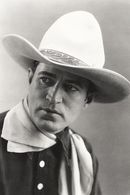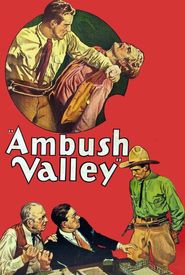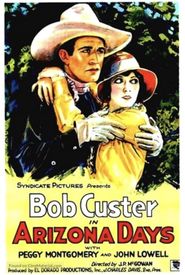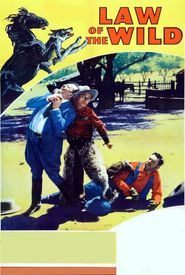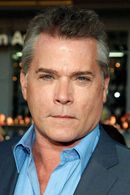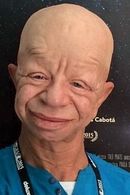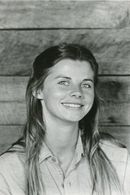Kentucky-born Raymond Glenn, better known as Bob Custer, was a genuine cowboy who traded in his cowboy hat for a starring role in rodeo shows. Like many of his rodeo-performing peers, Custer discovered that appearing in western films was a lucrative endeavor, paying significantly more than the dangers of bull-riding and steer-roping. This realization led him to gain popularity as a western film star in a series of medium-budget films throughout the early and mid-1920s.
What distinguished Custer from other cowboy stars was his willingness to branch out into other genres, using his real name, Raymond Glenn, for these roles. He returned to making westerns in the late 1920s, but the advent of talkies presented a significant challenge for Custer: he suffered from a severe case of "mike fright," or stage fright when reading lines. This phobia was exacerbated by the fact that he was working at the lower rungs of the Hollywood ladder, in micro-budgeted westerns produced by cheapjack filmmakers such as Harry S. Webb and J.P. McGowan.
The shoddy productions only served to highlight Custer's limitations as an actor, and as a result, he was unable to regain the level of popularity he had achieved in the 1920s. His final film appearance was in 1936.
